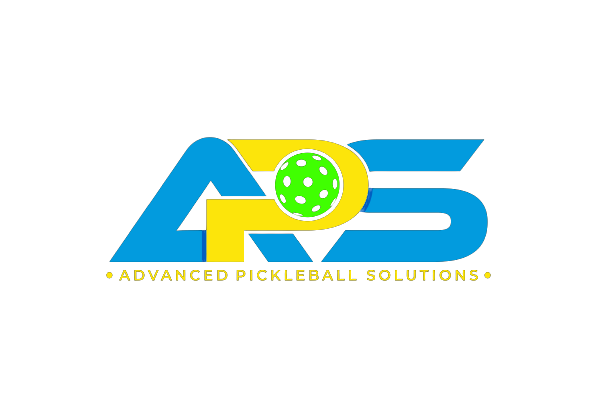5 Ways To Keep Your Opponents Guessing In Pickleball
The most reliable way to win at pickleball is to minimize errors and play in a consistent manner. Let’s say you’ve developed a solid level of skill, though. What can you do to take your game to the next level?
There are a few ways you can surprise players on the court while reducing opportunities for them to counter your plays. Take a look at some of the tips below to keep other players on their feet and have them asking for your secrets!
1. Spin
One of the clearest differences between a newbie and an advanced player is their ability to put spin on the ball. With proper technique you can bewilder other players as your volleys cause the ball to change direction after a bounce or even mid-air. Proper topspin also allows you to keep the ball low.
Using spin forces your opponents to pay attention to how you’re hitting the ball, rather than simply watching the ball itself.
2. Focus On Soft Shots
Some players constantly “slam” the ball, hoping to eventually overpower their opponents. This might work well against beginners, but there’s a reason 90% of the shots pros make are dinks. Power players are easily countered with well-placed volleys or soft dinks.
Patience is a virtue while dinking, as you need to maneuver your opponents until you can create the opportunity for a more offensive shot. Of course, many players make mistakes on their own when forced to dink for extended periods of time, so this can be turned to your advantage.
3. Use Lobs Strategically
You rarely see lobs at higher levels of play, but they do have their place. You can shake people up by suddenly sending them a lob after you’ve been dinking back and forth. If you need extra time to recover from a short ball, using a lob can also give you the time you need to reposition.
Lastly, if your opponents have gotten into the rhythm of running up to the NVZ after the return of serve, you can shoot them a surprise lob to send them scurrying back to the base line and give your team the advantage.
4. Hit Between Your Opponents
Some players say, “The middle is your friend.” If you can consistently send the ball between your opponents (usually the center line of the court), they may clash paddles or get confused regarding who should hit the ball.
If the other team is particularly coordinated and they are able to return the ball, then the good thing is that you’ve still opened up their coverage of the sidelines for more chance of a winning shot.
5. Vary Pace And Placement
This tip has been hinted at in the all the others, and is the best way to outmaneuver other players: keep them guessing. If your opponent has gotten used to you putting spin on the ball, start hitting direct shots. If they’re ready to dink, send them a lob. If you’ve been dinking to counter slams, send a volley whizzing past their feet.
Adjusting your technique to your opponent’s style of play will always ensure you have the edge and can turn a game around.
As you continue to improve your game this year, we wish you luck finding ways to outplay and outwit other players!
Continue reading




